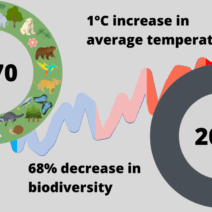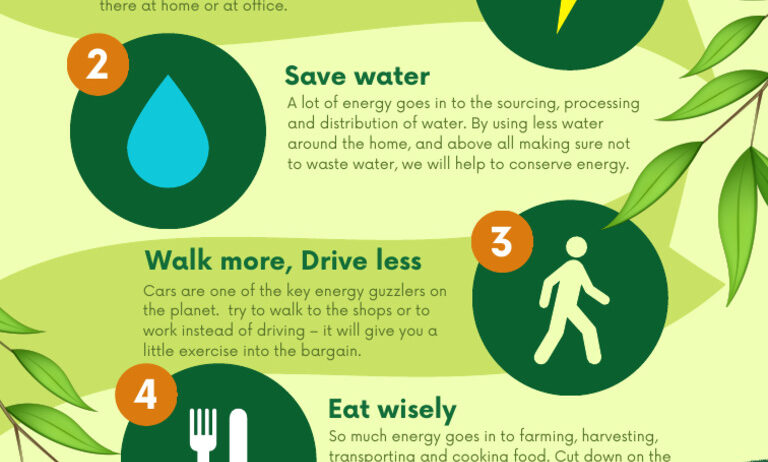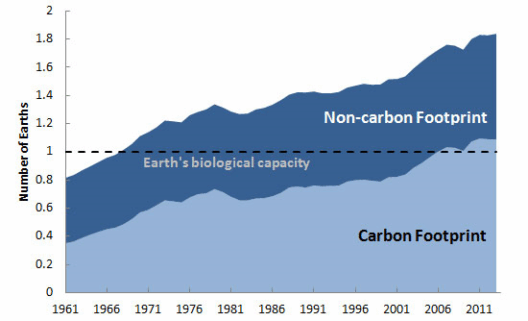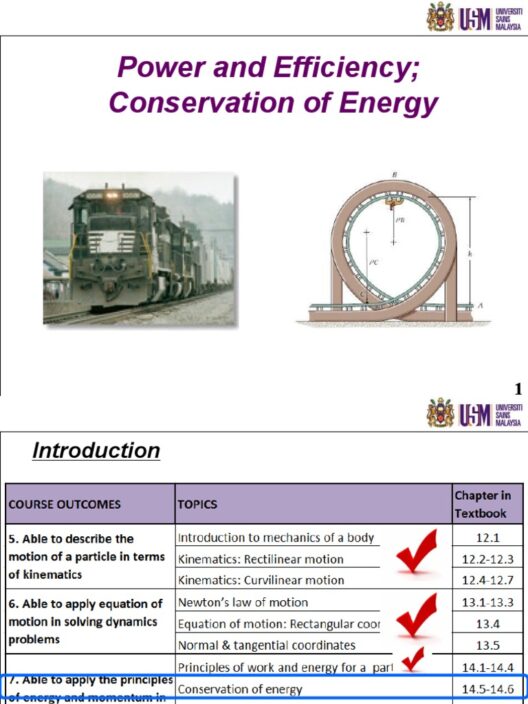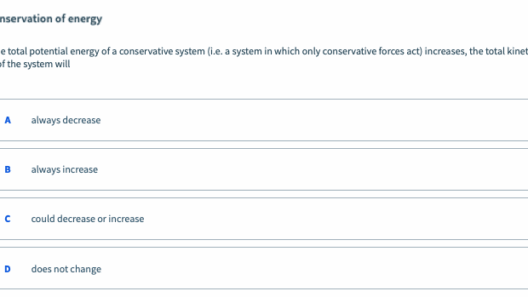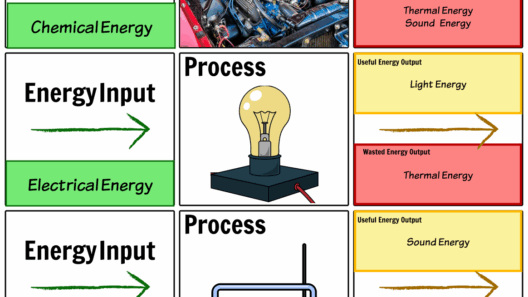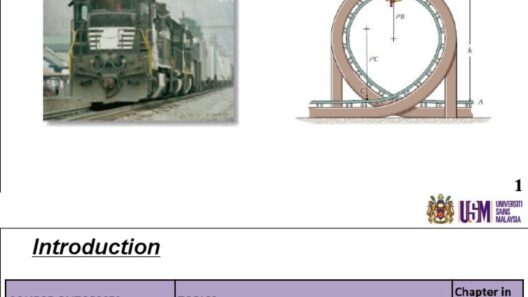Energy conservation is not merely a trend; it is a vital practice that can redefine our relationship with the planet. It hinges on our understanding of the delicate balance between our consumption and the resources available to us. Adopting effective strategies to conserve energy can lead to significant changes—not only in your wallet but also in the wider ecological landscape. In this discourse, we will explore three powerful methods you can implement today to begin your journey towards greater energy efficiency.
1. Embrace the Power of Upgrading Your Appliances
Modern appliances are far more efficient than their predecessors. By upgrading to Energy Star-rated devices, you take a monumental step towards energy conservation. These appliances are designed to use less electricity and water, ensuring that they meet rigorous efficiency standards set by the U.S. Environmental Protection Agency.
Consider the washing machine: traditional models consume a staggering amount of energy and water. An Energy Star washing machine uses about 25% less energy and 33% less water than standard models. Imagine the cumulative impact of every household opting for these advanced machines. The power to effect change lies in the choices we make at home.
The same principle applies to other appliances like refrigerators, dishwashers, and HVAC systems. By investing in newer, more efficient technology, you not only reduce your energy use but also enhance the lifespan of these devices. Furthermore, many utility companies offer incentives for upgrading to energy-efficient appliances. This dynamic creates a win-win scenario: saving money on your utility bills and contributing to environmental preservation.
2. Cultivate Mindful Consumption Habits
In an era where consumerism reigns supreme, one of the most impactful strategies for conserving energy is rethinking our consumption habits. This shift requires a nuanced understanding of how daily habits contribute to overall energy expenditure. Simply turning off lights when leaving a room is a start, but the journey of conservation extends beyond such simple practices.
Mindful consumption encompasses various aspects of our lives. Begin by analyzing your energy usage patterns. How often do you use standby mode on electronics, or leave chargers plugged in despite having no devices connected? These seemingly innocuous habits account for a significant amount of energy waste, often referred to as phantom loads. By unplugging devices when not in use and utilizing power strips with on/off switches, you can drastically cut down on this unnecessary consumption.
Moreover, consider the time of day when you engage in energy-intensive activities. Peak energy times typically see surging demand, leading to a strain on the electrical grid. By shifting heavy energy tasks—such as laundry or dishwashing—to off-peak hours, you contribute to a more balanced energy usage across the day. This not only reduces your individual footprint but can also inspire local utility companies to improve energy allocation for everyone.
Furthermore, if you have the opportunity, consider solar energy solutions. Even small-scale solar installations can empower you to generate your own energy and decrease reliance on fossil fuels. As you emerge from mere consumers to active participants in energy production, the benefits yield far beyond personal savings.
3. Engage in Energy Audits
Perhaps one of the most transformative actions you can take is to conduct a thorough energy audit of your home. This meticulous assessment allows you to identify areas where energy is being squandered, presenting opportunities for conservation that you may not have initially recognized. There are various ways to perform an energy audit, from hiring professionals to taking on the challenge yourself.
Begin with a detailed examination of your insulation. Poor insulation can lead to significant heat loss in winter and excessive heat gain in summer, compelling heating and cooling systems to work harder. Seal any drafts around windows and doors, and consider adding insulation in attics and walls where possible. Such adjustments can lead to impressive savings on heating and cooling costs, reducing your energy dependency.
Next, scrutinize your lighting. Transitioning to LED bulbs from incandescent ones is a simple yet effective change. LEDs not only consume a fraction of the energy but also possess a longer lifespan, further enhancing their efficiency. If you have not yet explored the world of smart home technology, consider installing smart thermostats or energy monitoring systems. Such innovations allow you to regulate energy use intelligently, optimizing appliance operation based on your lifestyle.
Lastly, investigate your water heating system. Water heaters can be notorious energy hogs. Insulating the tank and the first five to ten feet of hot and cold water pipes can dramatically improve efficiency. Consider setting the thermostat on your water heater to 120 degrees Fahrenheit; this temperature is typically adequate for household needs while minimizing energy consumption.
In essence, energy conservation promulgates a paradigm shift. The measures described above are not merely tasks to complete but are invitations to engage in a broader dialogue about our environmental stewardship. The most effective way to combat energy waste is through collusion with each other; when individuals commit to conserving energy, entire communities flourish collectively. Start small but think big, for the ripple effects of conscientious efforts can transform both personal lifestyles and societal norms. Together, we can forge a sustainable future by implementing impactful energy conservation strategies today.

